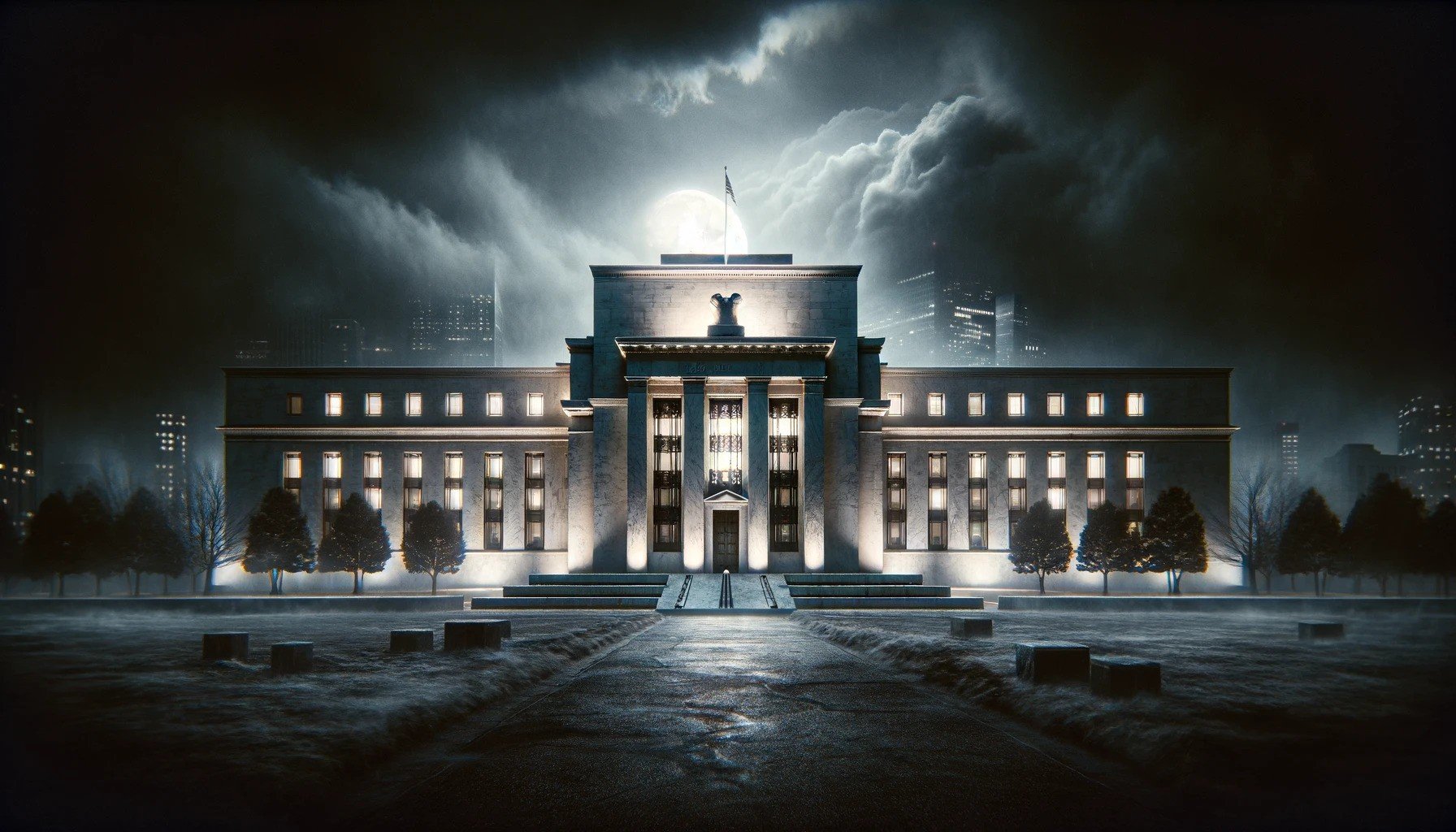The so-called Doomsday Book, an internal document used to guide the Federal Reserve’s actions during emergencies, has long been the subject of intrigue and suspicion. Largely a compilation of legal opinions, the book has been a key resource for the Federal Reserve Bank of New York for decades, allowing it to play a unique and oversize role during financial crises. No other regional Federal Reserve bank has such a resource.
The book is a living document that records pivotal decisions made during times of financial distress. It played a crucial role in then New York Fed President Timothy Geithner’s decision to rescue Bear Stearns from bankruptcy in 2008.
A few details about the book have dribbled out in the past, notably in 2014 during the Starr International Co. v. U.S. trial, in which a group of former equity investors in American International Group sued the government over the terms of the firm’s 2008 bailout. The Journal reported that David Boies, a lawyer for the plaintiff, had obtained three copies of the book, “likely under subpoena.” But it remained under seal and “Mr. Boies was careful not to quote from any of the versions of the book or reveal specifics about what the books contained.”
A prior Freedom of Information Act request to the Board of Governors of the Federal Reserve System for the book was rejected. For reasons unknown to me, however, I was recently able to acquire a copy of the book through a simple Freedom of Information request to the New York Fed. Only names were redacted. ...

Sun Shines on Fed 'Doomsday Book': Through a simple Freedom of Information Act request, I obtained the mysterious document. | Emre Kuvvet
The so-called Doomsday Book, an internal document used to guide the Federal Reserve's actions during emergencies, has long been the subject of intrigue and suspicion. Largely a compilation of legal opinions, the book has been a key resource for the Federal Reserve Bank of New York for decades...
~~~
...
Here are some highlights from my quick reading of the document:
- It’s incomplete. Some sections were withheld under Exemption 6 of the FOIA, which "permits the government to withhold all information about individuals in 'personnel and medical files and similar files' when the disclosure of such information 'would constitute a clearly unwarranted invasion of personal privacy.'"
- The anonymous author of the Doomsday Book says that “the powers of a Federal Reserve Bank are far greater than is commonly supposed." (p. 33 of the pdf)
- When the Board and the Reserve Banks discussed what kinds of assets can be used in Open Market Operations, the Board ultimately allowed the Reserve Banks to buy and sell anything as long as it isn’t “precluded or conditioned by Section 14” of the Federal Reserve Act.
- The document explains how many Fed actions were not questioned when they were first implemented (like the unprecedented actions in 2008 and 2009), but they were codified by later laws like Dodd-Frank. This means that the Fed isn’t certain of its authority when it does new things in crises, but it knows that the actions won’t be challenged.
- A memo written by someone who had not passed the bar describes a “legislative reenactment doctrine,” in which “Congressional tinkering” is a mere “ratification of the administrative interpretation.” This means that the Fed acts and then just assumes that later laws retroactively approve of whatever the Fed did during the crisis.
- The Doomsday Book author expresses concern about the Fed’s authority to deal with “property outside the scope of UCC Article 9,” especially “things like Small Business Administration-backed collateral that is routinely accepted at the Discount Window.” When I checked the most recent release of the Federal Reserve’s balance sheet, I found that the Fed continues to hold such assets.
- The Doomsday Book records all of the changes to the document, with some rationale given for the edits. Many of these changes say something to the effect of “we didn’t know if the Fed had the authority to do this when we did it, but now that Dodd-Frank has been passed, it gives us all the justification we need.” ...
The Doomsday Book confirms what many Austrians and libertarians have said about the nature of government in crises. The size and scope of the Fed is stretched, even beyond its own known boundaries, and then it never returns to its pre-crisis state. The precedents are set in an ad hoc way and then codified ex post. We’re left with a Leviathan.
...

The Fed's Doomsday Book | Jonathan Newman
Kudos to Emre Kuvvet for acquiring the Fed’s mythical “Doomsday Book” by FOIA request and sharing it. Emre published a short article on it in the WSJ today, and he has a longer article coming in the Spring 2024 issue of the Independent Review. It’s “an internal document used to guide the Federal...
~~~
Discussion starts @ ~8:00:

